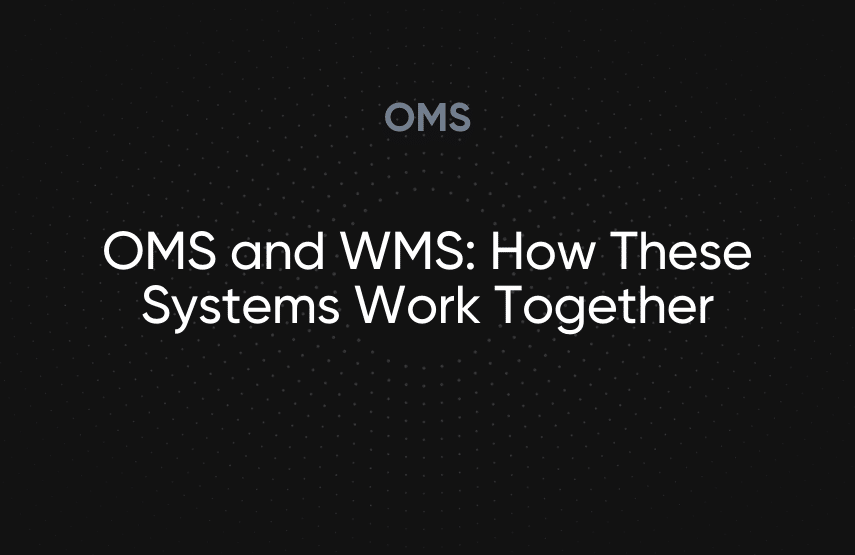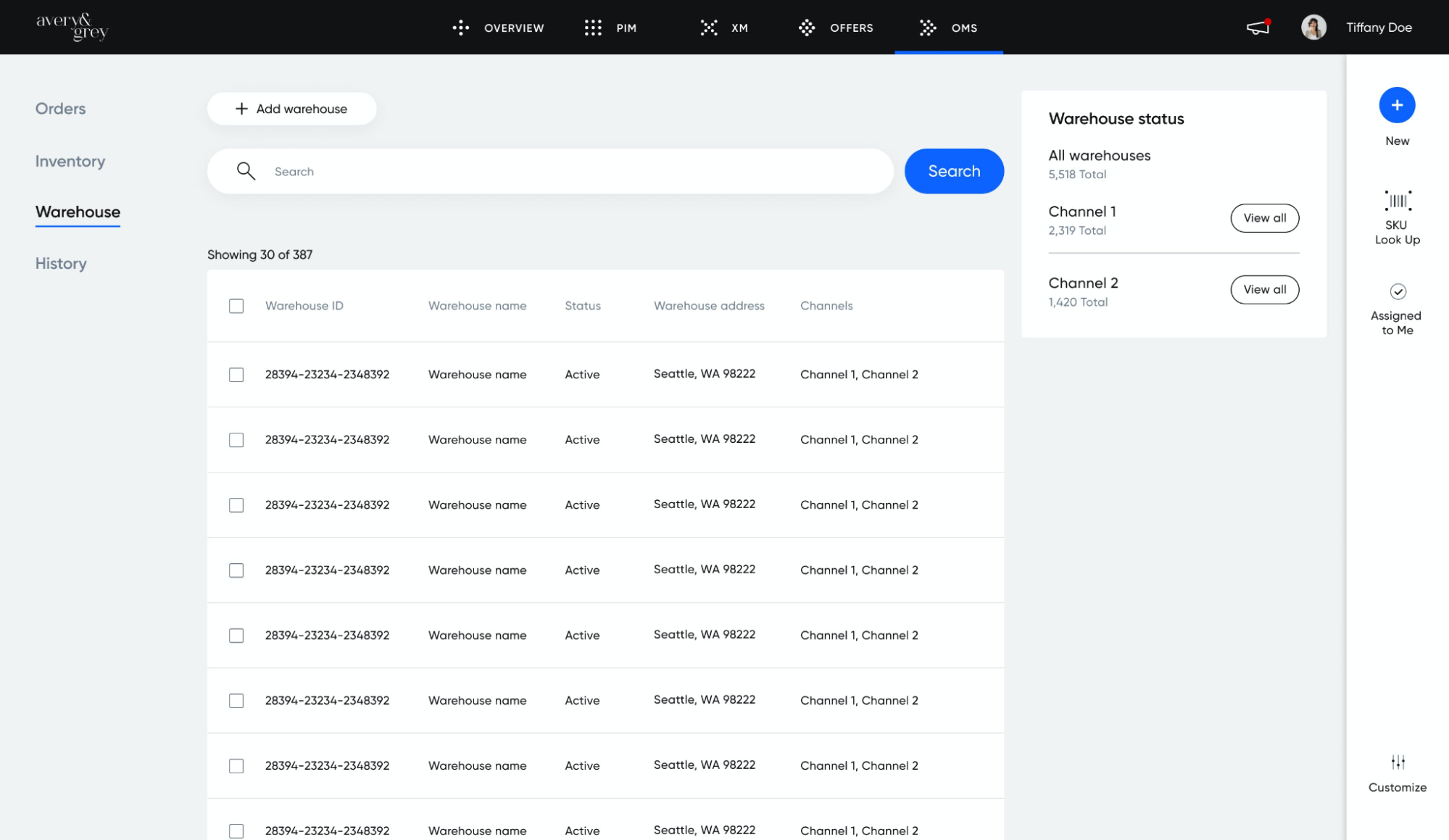OMS and WMS: How These Systems Work Together

OMS provides retailers with a central hub for efficiently managing orders across multiple channels.
WMS controls and administers various warehouse operations, including relationships with 3PLs and other order fulfillment methods.
By integrating OMS and WMS, companies can easily track orders, communicate with warehouses, and maintain accurate inventory information to provide a seamless customer experience.
fabric OMS easily integrates with a WMS, ensuring streamlined order fulfillment and warehouse operations.
The order fulfillment process is complex, especially in today’s world, where customers expect speedy deliveries and an excellent shopping experience. Therefore, companies use several tools to streamline the order fulfillment process.
Efficient order fulfillment is key to generating profit, promoting brand reputation, and retaining customers. One tool to achieve this is an order management system (OMS) software. An OMS must integrate with other e-commerce software to meet growing demands. The most common and vital integration is between OMS and a warehouse management system (WMS).
Combining these systems into a single, cohesive system can improve e-commerce warehouse management and order management. This post explains how a strong connection between an OMS and WMS can help streamline your order fulfillment process and win customer loyalty.
[toc-embed headline=”What Is an OMS?”]
What Is an OMS?
An OMS provides brands and retailers with a centralized hub for managing orders across channels. It captures orders from multiple sales channels and then connects to other internal platforms to ensure that the final customer receives their products quickly and accurately.
It’s part of the supply chain management that focuses on customer order execution. This includes shopping services, platform integration, and managing multiple payment gateways.
Benefits of an OMS
This year, as global e-commerce sales reached an all-time high of 4.28 trillion worldwide, customers expect a seamless experience from brands and retailers. Nearly 70% of online shoppers read up to six reviews before making a purchasing decision. In addition, 75% of online customers also expect a consistent experience across channels.
An OMS helps retailers to meet these growing demands by ensuring fast order fulfillment. The primary function of OMS software is to help retailers keep accurate records of inventory throughout the supply chain. This software solution provides a scalable approach to tracking the volume and velocity of omnichannel orders, resulting in faster delivery and more customer satisfaction.
[toc-embed headline=”What Is a WMS?”]
What Is a WMS?
WMS is a platform that tracks goods, materials, and various operations of a warehouse. It’s a system designed to control and administer procedures by ensuring optimized processes throughout the warehouse. Additionally, a WMS gives retailers visibility into their inventory, including those stored in the warehouse and on transit.
WMS is flexible and can be configured for an organization’s specific requirements or type of goods. For instance, a merchant selling sporting products might use WMS with different functions than a retailer selling computer goods.
Benefits of a WMS
The primary purpose is to ensure that goods and materials move through an organization’s warehouses efficiently. This includes inventory tracking, receiving and putaway, and picking and packing items.
In addition, WMS helps third-party logistics (3PLs) providers ensure greater order accuracy and operational efficiency. A study from 3PL Central found that 87% of 3PL services use a WMS. Overall, brands can rely on WMS to:
- Efficiently track goods and raw materials in various warehouses
- Provide detailed information about how orders move along the supply chain
- Process returns efficiently and quickly, letting customers specify their preferred return protocols and track returns
- Customize workflow and picking logic, optimizing warehouse inventory allocation capabilities
[toc-embed headline=”Integrating OMS and WMS Software”]
Integrating OMS and WMS Software

As customer preferences change towards e-commerce shopping, many brands use multiple channels to enhance visibility, resulting in more order flow and revenue. However, selling across multiple channels comes with numerous challenges.
Without multi-channel software, it’s hard to keep track of orders, inventory, and relationships across warehouses, 3PLs, and suppliers. Inventory management is a significant concern among supply chain executives selling across multiple channels.
By integrating OMS and WMS, brands can create a seamless customer experience across multiple channels. Combining these systems in one OMS platform makes it easy to track and control all processes, leading to better order fulfillment.
OMS communicates with the WMS backend system through APIs, ensuring optimum inventory to fulfill every order. It also receives updates regarding the warehouse’s stock so retailers can contact distributors for restocking. You can also see the status and channels to which each warehouse caters.
An OMS creates a real-time connection with 3pls. This way, 3pls can track incoming deliveries with their WMS, update inventory, and pass new totals to your OMS to ensure accurate stock levels. Overall, integrating OMS with WMS reduces overhead costs, improves warehouse optimization, and increases order accuracy.

Tech advocate and writer @ fabric.